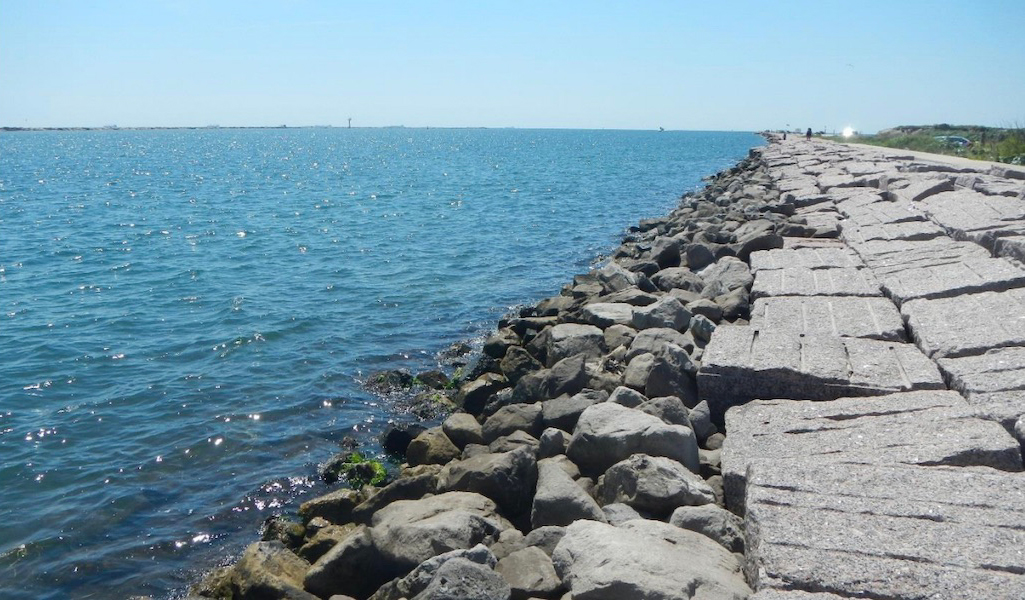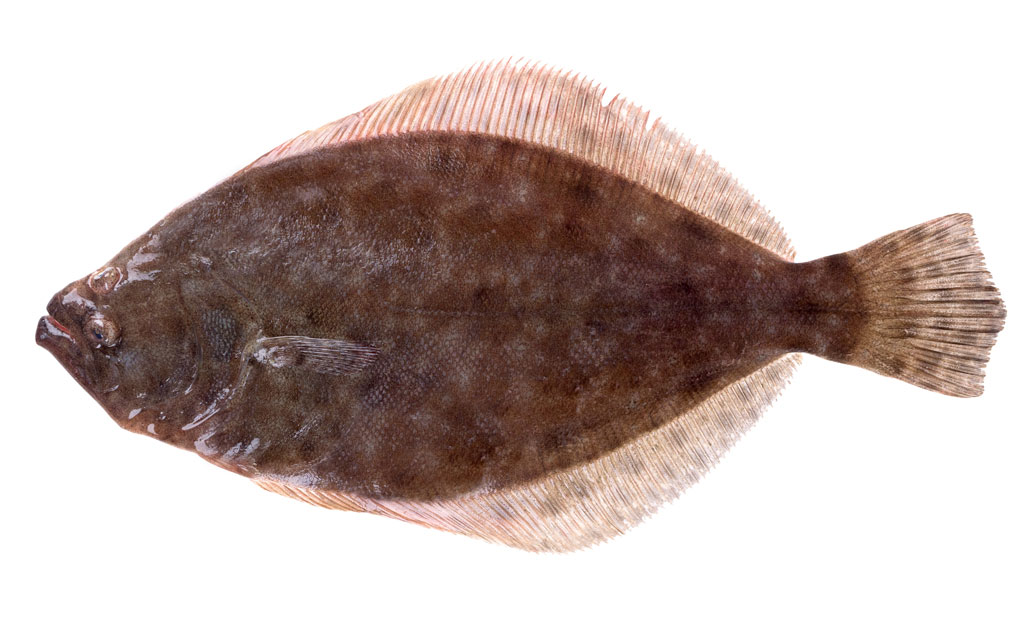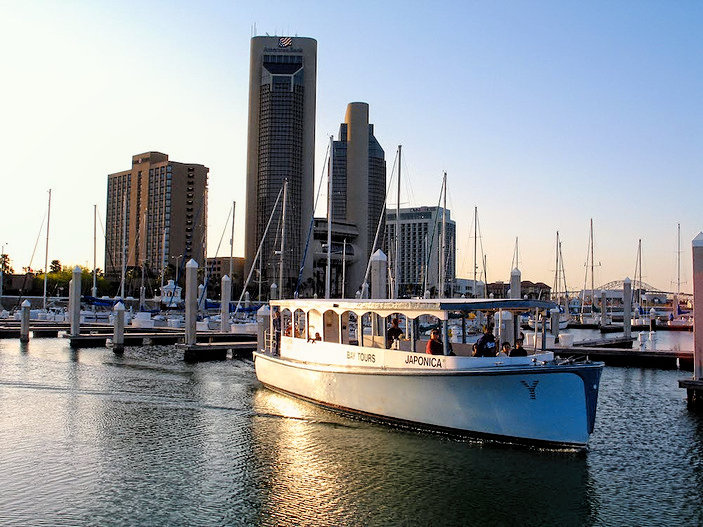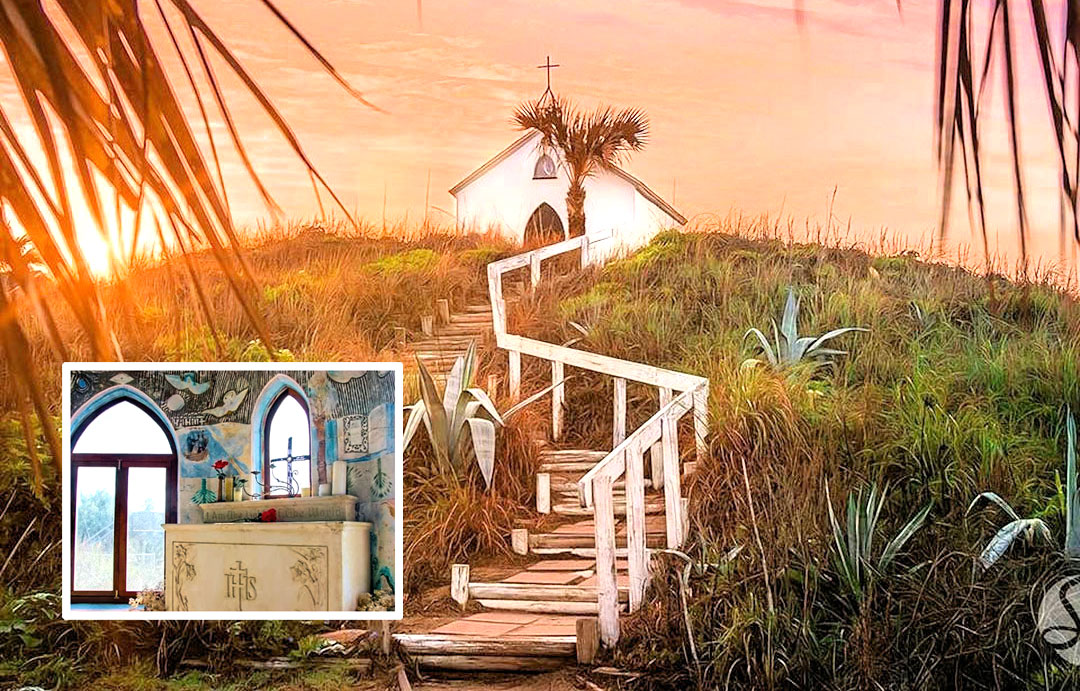
The South Jetty on Mustang Island is a great place for fishing or watching big ships come into the Aransas Pass, often preceded by dolphin pods dancing in the ships’ waves. It will be closed to the public April 12-May 31 for repairs. The jetty was damaged by Hurricane Harvey in 2017. Courtesy photo
Repairs should be complete by Memorial Day weekend
The Corpus Christi Ship Channel South Jetty will be closed for repairs from April 12 until possibly May 31, if not sooner, announced the U.S. Army Corps of Engineers Galveston District. A USACE contractor will repair the jet’s concrete cap, which was damaged by Hurricane Harvey, a Category 4 storm, in August 2017.
To ensure public safety, the jetty will be closed from the end of the beach to the public access area. Repairs have included both the north and south jetties due to storm damage.
The goal is to complete work in time for the start of Memorial Day weekend, which is May 29-31
“However, to help vacationers traveling to the Corpus Christi/Port Aransas area plan ahead for Memorial Day weekend, we want to make the public aware of this closure,” said Belynda Kinman, operations manager for the Galveston District’s Navigation Branch. “If the weather cooperates and we don’t run into unexpected delays, we are hoping to complete the work in time for the holiday weekend.”
Other closures may happen in the future as the USACE continues its repairs on both the north and south jetties. Work should be completed no later than Jan. 2, 2022.
The north and south jetties have protected the entrance to the Corpus Christi Ship Channel that separates Mustang Island and Saint Joseph’s Island for 102 years. They were built to keep the passageway for ships sailing into Corpus Christi Bay from moving. It was being pushed about 200 feet south each year by prevailing winds and currents.
Between 1850, when the Lydia Ann Channel lighthouse was built, and 1890, when construction began on the jetties, the Aransas Pass had shifted several miles south toward the town of Tarpon, which later became known as Port Aransas. After 40 years of construction, the jetties were completed in 1919, the same year the area was hit by a major hurricane (before hurricanes were named).
At the same time the jetties were built, Aransas Pass was dredged to allow for larger ships to move through. Now, 102 years later, the channel is being dredged once again for even bigger ships as the jetties are being repaired from hurricane damage.





